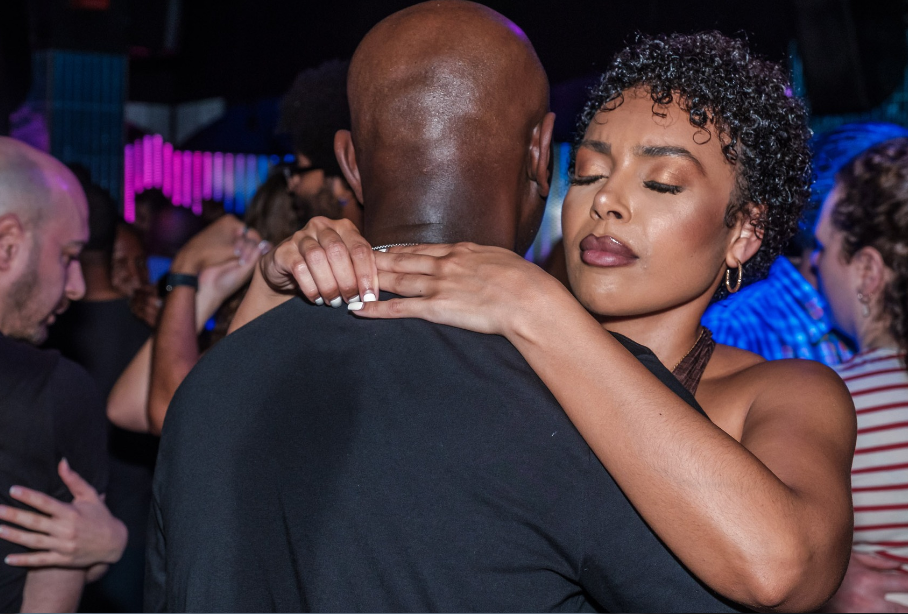
KIZOMBA |

| What is Kizomba ? |
Kizomba is an Angolan dance and music traced back to 1894, which evolved in PALOP countries or Portuguese-speaking African countries. Kizomba came from the Bantu term “Kimbundu” which means party or fiesta. Bantu is the second most spoken language in Angola. This dance is a dance with a hard-to-notice connection, where the pair dances in a parallel embraced position, in which the dancer’s bodies are both intimate and carefully together. With knee movements that go along with ascending and descending cadence and rhythm, there is a range of hips movements and rotations to be lead and followed like a mirror reflection. The couple dances as one in a circle to the side and with forward and backward steps. The movement depends on the music being played. Compared to a continuous pattern found in other dances like salsa bachata and Zouk, making it more creative for the men leading the dance, and more skillful for the ladies to follow.
Kizomba and the dance originsThe earliest known time when Kizomba is danced is in 1894. Kizomba’s derivative, Semba, has been danced with popularity at parties in the 1950s. In the 1970s, artists and dancers from PALOP countries renewed Kizomba at festivals and parties and spread the dance widely in Portugal.
MusicIt was in the mid-80s when the band Kassav of Martinique and Guadalupe produced a new music, Zouk. Most Kizomba dances today are danced in Zouk music with Semba steps adjusting to its rhythm. By that time, the song became an international success while Angola was also producing its own Zouk. Eventually, when Zouk has not given birth yet, Angola created Kizomba music as a combination of Angolan Merengue, Semba, Kilapanga, and other Angolan music influences. This fusion becomes accepted in other countries as Afro-Zouk. Eduardo Paim, the father of Kizomba music, released his first Kizomba music record in Portugal.
DanceThe dance has been derived strongly from Semba and other cultural dances such as Semba, Maringa, Kasukuta, Kabetula, Caduque, and Rebita . But its four major influences are Konpa, Semba, Zouk, and Coladeira.. You can find these dances on Luanda’s Carnaval da Victoria, one of the longest-running Kizombadas, which means a large party, in the capital. Eventually, Angolan Semba dancers started incorporating Semba steps into Kizomba beats. From the tempo to its flavor, Semba steps adjusted to the Kizomba beats. Apart from Angola, Kizomba music is played and danced in PALOP countries. These places include Guinea-Bissau, Brazil, Equatorial Guinea, São Tomé and Príncipe, Cape Verde, Mozambique, East Timor, and the Macau territory.
Portugal welcomes KizombaBefore it was even called Kizomba, the dance was initially called Passada by the dancers from PALOPs in the 80s who immigrated to Lisbon, Portugal, and other suburbs, including Almada or Amadora. In this timeline was the start of the widespread dancing of Kizomba. When these Angolan Semba dancers brought the dance to African clubs in Portugal, the music was played and danced widely. Organically, the term Kizomba has been associated with this dance style & music.
Source: kizdroid.com
|